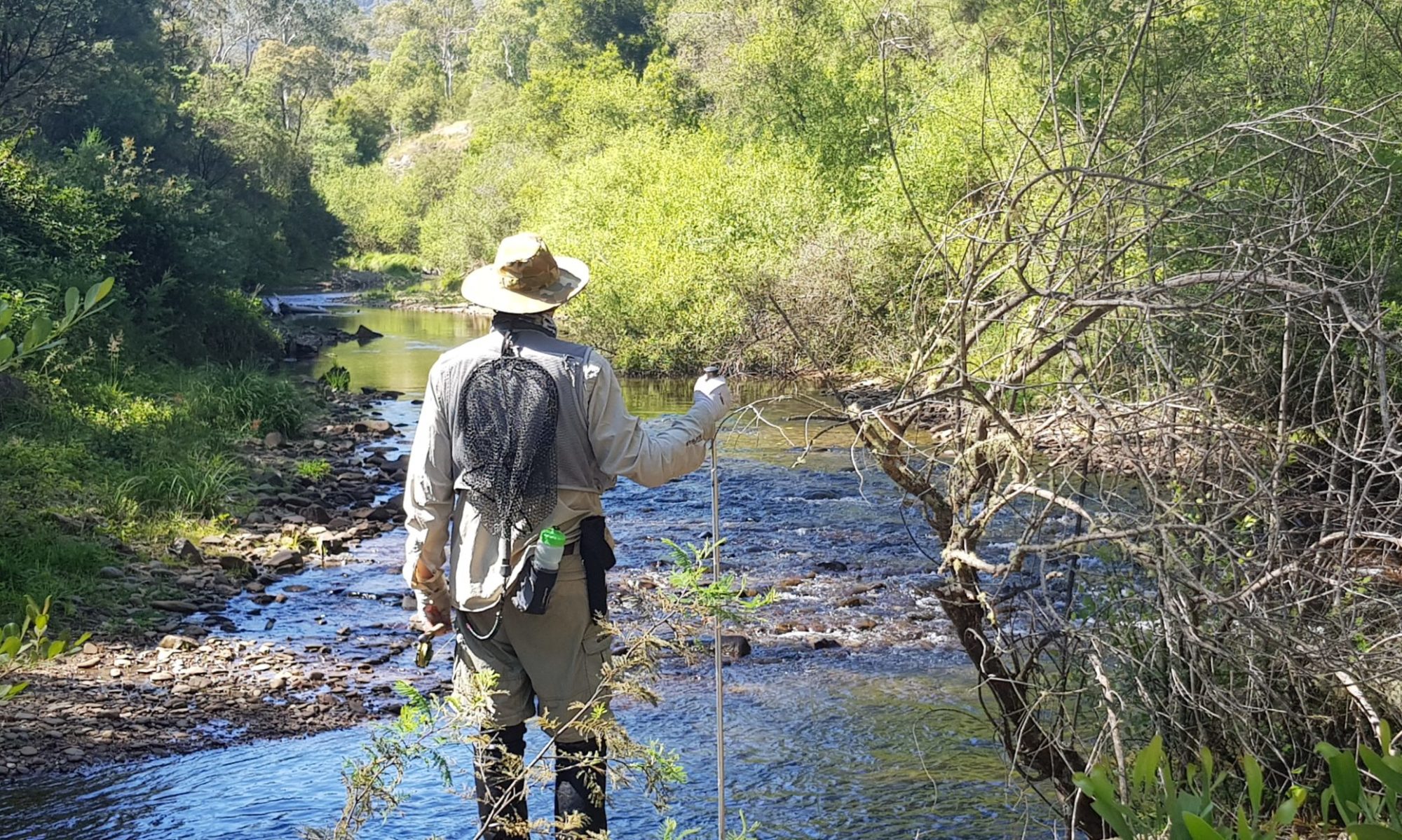By Phil Magness.
The purpose of a fly reel is to hold line and provide a drag system for playing larger fish. A fly reel should be nicely balanced against the type of rod you have chosen and should hold the right amount of backing and fly line that you need. Let’s look at these two terms:
Backing – Backing is strong line that is usually made of a Dacron-type material. It is attached directly to the fly reel using an arbor knot (see the Knots tab). It is then attached to the fly line using an albright knot (again see the Knots tab). The purpose of backing is to buffer out the reel – so that when you attach the fly line, it appears in much larger loops than it would if it were attached directly to the reel. This prevents coils from developing in the fly line that could lead to knots and damage. Backing also provides you with valuable extra line if you have a large fish which wants to take more than just the fly line! For beginners, I wouldn’t be too concerned about the knots just now – ask your local fly fishing shop to tie on the backing and the fly line for you.
Drag: Good reels have a drag system that allows you to set the tightness of the reel’s rotation. This is useful for two reasons: (1) it stops the line from overrunning when you pull line from the reel and (2) it allows you to put pressure on a fish that may be taking line off the reel. The more expensive the reel, the better the drag system. If you fish small streams for small fish, then you are unlikely to be too concerned over the drag system and a less expensive reel may suit you better. If you fish for 5lb+ trout in New Zealand in fast flowing water, then I can assure you that you will be very thankful for purchasing a very good drag system!
Left or right handed retrieve?
A question that is often asked is whether you should opt for a left or right handed retrieve with your fly reel, i.e. is the winding handle on the left or the right side? By default, most modern reels come with the handle set to the left hand side. This is designed for the right hander. You hold the rod in the right hand, and you strip line and wind with the left hand. But of course this is a personal preference and you should be able to change your handle location to suit yourself. Some people like to cast with the right hand and then change to their left hand to play a fish – hence they would need to retrieve with the right hand. Again personal preference. Just a word of warning though – it is not as easy to change the handle location on a fly reel as it is with a spinning reel as there is usually a very fine washer that you can easily break if you are not careful. I’d recommend you ask your fly fishing shop to do it for you – I know I did!
Spare spools
When looking at a fly fishing reel, it may be worth asking the shop whether or not spare spools are available for the make and model that you are buying. As your fly fishing experience advances, you may want additional options from a single fly line to suit all purposes. One such example is a spare spool that has sinking fly line for lake or salt water fishing. This is ideal when you need to get a fly down a lot deeper than you could with a floating line. Another alternative is to have a spare spool that has a line weight heavier than the one you are using. This is very useful on days when you are casting into a really strong headwind. It’s certainly not a necessity for beginners, however it is something to keep in mind in selecting a reel if you have the budget for it. It is certainly cheaper to change spools than it is to buy a new reel.

